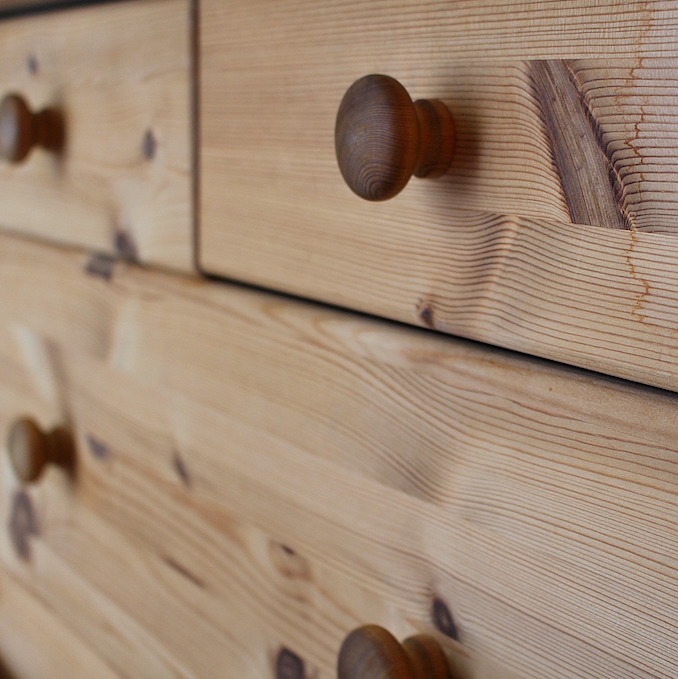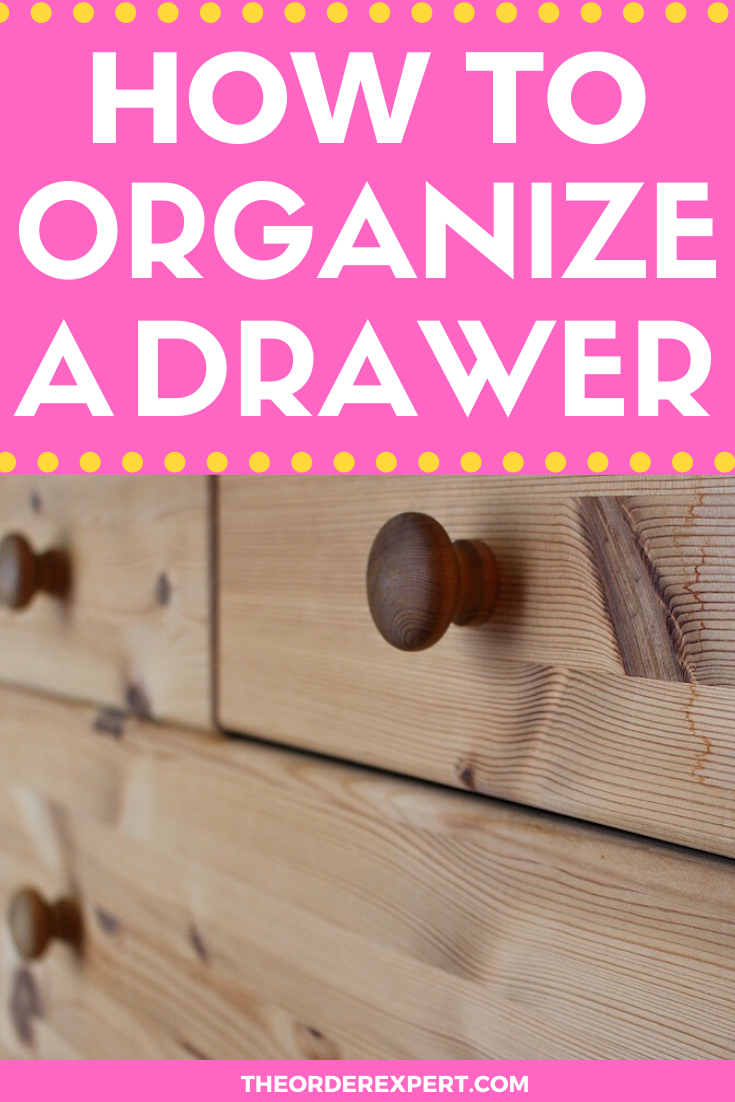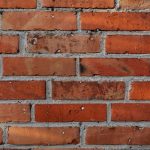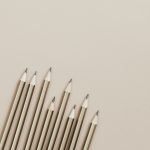
Do you want to organize a drawer in your office, kitchen, or bathroom?
Are you looking to finally put things in order so you can easily locate the items you need?
Drawers are convenient places to store supplies, utensils, household tools, and various odds and ends.
But all too often do drawers become magnets for clutter and unofficial dumping grounds for miscellaneous stuff.
A well-organized drawer can make tackling a mundane projects and tasks a breeze.
That woodworking project suddenly becomes oh-so doable when you have your carving tools at your fingertips.
Cooking a delicious meal is effortless when your utensils are within your reach.
And locating the right battery type for your flashlight becomes as easy as snapping your fingers!
In this post, I provide some step-by-step instruction on how to declutter and organize a drawer.
If you’re looking for a simple organization project that can be completed in a relatively short period of time, then you’ve certainly found it in a drawer organization project!
Once you finish your work, you’ll have a drawer that will be ready and waiting to support you in all of your daily needs and routines.
So, are you ready to get started organizing *that* drawer at home? Let’s begin!
Choose a drawer to organize.
Take a moment to think about the different drawers in your home or office.
Which drawer seems to be giving you the most trouble, headache, or frustration at the present moment?
Is it a center office drawer stuffed with pens, pencils, paper clips, and an assortment of other office supplies?
Perhaps it’s a kitchen drawer filled with long-lost cooking utensils, or a cabinet drawer in your den filled with batteries, papers, and personal accessories.
You may find it helpful to physically go through each room of your home for a little refresher. Which drawer would benefit the most from an organization session?
Consider all possible drawers throughout your home, be it desk drawers, kitchen drawers, dresser drawers, cabinet drawers, or bathroom vanity drawers, and select one drawer to organize.
What if you’re simply aching to tackle every single drawer throughout your home?
Make a quick list of these drawers and place the list in a safe location.
Once you’ve finished organizing the first drawer, you can work your way through other drawers in future.
Determine the drawer’s future purpose.
Your desk drawer may be filled with slips of papers, books, and other knickknacks, but that doesn’t mean you can’t use the drawer in future to store other items such as office supplies.
It’s perfectly acceptable to reassign a drawer’s function, no matter where in the home or office the drawer is located.
Use your imagination and think about how you’d like to use the drawer in the coming months.
Would you like to free up space in your bedroom dresser drawer for hosiery or would you like to have a drawer in your kitchen available for household items or office supplies?
It’s completely up to you.
Prepare a work area.
It’s a good idea to prepare a temporary work are for yourself before you start organizing a drawer.
Why? This will allow you to easily sort, identify, and organize the contents of your drawer without having to root around or push aside items inside the drawer.
Suitable drawer organization work areas include any space that is flat and clean, such as the top of a kitchen or dining room table, a freshly made bed, a clean countertop, or a card table.
If you’re truly short on space when it comes to tables and countertops, you can place an old blanket or towel on the floor and use that as your work station.
Along with your freshly-prepared work space, you’ll want to have a trash bag or can at the ready, along with recycling bins or bags for paper and plastic/metal items.
Empty the drawer.
It’s time to roll up your sleeves and get the drawer organization process started!
You’ll want to first remove all items from the drawer and place them in your work area.
You’re emptying out the drawer so you can assess the items contained inside of the drawer, as well as the condition of the drawer itself.
You can think of this step like doing a mental reset or refresh for your drawer.
Next, you’ll want to give the drawer a thorough cleaning.
Vacuum, dust, and wipe out the drawer as needed. Is your drawer damaged in some way?
Perhaps a handle has fallen off or the bottom or back support has come undone.
If so, then you’ll want to take out your toolkit and make any necessary repairs.
Quickly sort items.
You’ve removed all items from your drawer and have made any necessary repairs. What’s next?
You’re going to quickly sort like items with like items.
This important step allows you to get a better sense of the materials stored inside your drawer.
Do your best to group similar items with each other, such as pens with pens, batteries with batteries, papers with papers, and so on.
Avoid spending too much on time on a single item, remember, the idea here is to do a quick sort so you can quickly assess the drawer’s contents.
Conduct a secondary sort.
Now that you have a better idea as to what is inside your drawer, you’re going to do a secondary sort of items.
How should you begin this sorting process?
Simply pick up an item from the drawer and assign it to one of the following categories:
1) Items to remain in the drawer. Based on your earlier drawer decisions, which items are going to stay inside of the drawer?
Do you have a handful of office supplies that will stay in the drawer, such as a pair of scissors, stapler, and pens, or will you only store socks and other assorted hosiery?
2) Items that belong elsewhere. Which items do not belong inside the drawer?
These items may belong another room of your home or office, are too large for the drawer, or overly plentiful (it’s unnecessary to store 900 binder clips in a 12” x 14” office supply drawer).
You’ll take care of these items after you organize the drawer. You can temporarily store these items in a box or container, or place in a bag.
3) Items to be trashed, recycled, or donated. This category includes any items that are expired, chipped, broken, dried up, leaking, damaged, or old.
They can also be things you no longer need, want, or have use for, including duplicates of items you already own, hobbies in which you no longer participate, or items items you simply do not wish to keep.
You can place items to be trashed or recycled into an appropriate bag or box.
If you’re donating items to a thrift store or community center, then you can place donated items in a separate bag.
Whittle down remaining items.
You’ve identified items that belong elsewhere in the home, as well as items to be trashed, recycled, or donated.
You’re looking at a large pile of items you’d like to store in the drawer, but it looks like there’s not going to be enough room. What should you do?
Your next course action is to cut down on the total number of items in front of you.
Remember, any drawer has a finite amount of space. It doesn’t matter if the drawer is tiny or large in size; space is truly at a premium!
Below are some questions to help you whittle down the rest of your belongings.
Your honesty counts tenfold here, so be sure to answer questions truthfully:
- When’s the last time I used these items?
- Will I truly use these items if they are stored in this drawer?
- Will these items be of use to me in the drawer? Or will they simply get in the way?
- Will the drawer open smoothly and easily with these items inside of it?
- Is the drawer heavy enough or sturdy enough to actually house these items?
- Does this drawer truly have sufficient capacity to house all of these items?
- Do I need X many items in this drawer? What’s an appropriate amount for my needs?
- What’s a more practical storage location for overflow items?
Consider drawer storage requirements.
By now you’ve sorted through the contents of your drawer and have identified the items you wish to keep inside the drawer. Y
our next step is to create drawer storage solutions for your belongings.
If the thought of drawer storage solutions has you worried about cost or functionality, don’t worry! We’re going to keep things simple.
It’s important to keep in mind that a drawer, for all intents and purposes, is like a container or box.
A drawer is a specific height, length, and depth.
Storage solutions for your drawer should be both practical and efficient and take the size and volume of your drawer into account.
Here’s some key pointers for you to consider when it comes to drawer storage solutions:
Keep storage in a single layer.
Generally speaking, your drawer will only store a single layer of items.
This approach allows you to easily see and retrieve items when you open the drawer.
Consider any filing cabinet drawer or office supply drawer; there’s a single layer of storage for hanging and manila files, just as there’s a single layer of storage for office supplies.
Yes, there may be some drawers that allow for multiple stacking storage solutions, but for most people, a single layer of storage in a drawer will suffice.
Make sure there’s enough clearance.
Just because you can fit an item inside a drawer doesn’t necessary mean you have enough clearance to open the drawer or that the drawer won’t get stuck or jammed during use.
Ensure there’s sufficient clearance at the top of side of your drawer.
You’ll cut down on your chances of having an item wedging itself inside the drawer or having it fall behind the back of the cabinet.
When you take drawer clearance into consideration as you plan storage solutions, you increase your chances of being able to close your drawer with ease.
Give some thought to weight distribution.
Some items should not be stored in drawers because of their weight.
Such items can shift inside a drawer, causing a potentially dangerous situation. Consider whether the drawer you’re using can actually handle the weight or load of materials.
Will an item accidentally dislodge itself in the drawer?
Will there be issues if someone attempts to open the drawer or neighboring drawers in the same cabinet or dresser unit?
When in doubt, play it safe and keep heavier items outside of drawers.
Create drawer storage solutions.
You’ve now got a better understanding for drawer storage considerations and are ready to create drawer storage solutions for your needs.
Do you need to run to the store and purchase a boat-load of storage tools?
Not necessarily. You can make use out of common items found the home or office.
You’ll want to do your best to contain items inside the drawer so they don’t jump about or move around when the drawer is opened.
You can create and customize your own storage containers so that they fit seamlessly inside the drawer.
Ready to try your hand at creating your own drawer organizers? Here’s some ideas for you to try out:
Use shallow cardboard boxes to create structure.
You can trim cereal boxes, down boxes, and other small boxes until they fit neatly inside the drawer and arrange them in whatever order you’d you’d like.
Feel free to wrap these boxes with decorative paper or backing for a pop of color.
Create structure using small, short canisters, jars, tubs, boxes, and containers.
You’ve probably got lots of different containers around your house that you could repurpose.
Clean yogurt containers, muffin tins, tea boxes, jam jars, plastic food containers, and wooden trays are all great storage ideas.
Create your own cardboard organizing grid system.
This method requires a bit more planning and effort, but can be a lot of fun.
Take measurements of the inside of your drawer.
Then, sketch out the storage compartments you’d like to have inside your drawer.
Once you’ve finished with your planning, you can recycle cardboard boxes or containers and create the framework you’ve just designed.
What about ready-to-use to drawer organizers? You can purchase drawer organizers online or at a local store.
There are hundreds of drawer organizers and storage containers available for purchase at office supply, hardware, and discount stores.
Be sure to measure the dimensions of your drawer in advance so you’ll get the right fit.
Feel free to mix and match different products to your heart’s content.
Here are some questions to ask yourself ask you look at potential storage solutions:
- Is the drawer organizer easy to use?
- Is the drawer organizer easy to clean?
- Will the drawer organizer fit comfortably inside the drawer?
- Will the drawer organizer affect any other part of the drawer?
- Is there enough clearance inside the drawer for this organizer?
- Is there ample space inside the drawer organizer for storage?
- Can this drawer organizer be modified or altered?
Understand the limitations of a moulded drawer organizer.
When it comes to evaluating moulded drawer organizer, keep in mind that there may be some limitations with this type of organizer.
This type of organizer provides a great framework for drawer storage.
The only drawback? You are physically restricted by the shape and size of the organizer.
If you cannot comfortably fit something inside a moulded section, such as a pair of scissors, then you should take a step back to see what other items could possibly fit inside the mould until you find a fit.
If you find a mould to be too restrictive for the drawer in question, you can use the organizer in another drawer or repurpose it entirely.
And what if the organizer doesn’t work for your needs?
Consider giving the item away, donating it, or recycling it as necessary. There’s no sense in hanging on to something you’re not going to use.
Store items inside your drawer.
The next step in organizing your drawer is to appropriately store items.
This is where a lot of people tend to get tripped up; they feel like they have to have the perfect storage designation for items. But this couldn’t be further from the truth!
When it comes to storing items inside a drawer, remember you are in control.
All you have to do is simply decide where you’d like things to be stored and leave it at that.
You don’t have to worry about the perfect arrangement of paper clips or the optimal setup of pens and pencils.
The idea is to create a structure that’s easy and practical for you to use.
With your storage containers in place, carefully replace all of the items back into the drawer, one by one.
Be sure not to fill the drawer more than three-quarters of the way full as you’ll want to close and open the drawer without any issues.
If you need help keeping track of which items go where, you may want to label the bottom or sides of bins so it’s clear to see which items are stored in each section.
Another option is to simply take a photo of your newly-organized drawer so you know exactly where items should be stored.
Prevent your drawer from turning into junk drawer.
Has your drawer unexpectedly morphed into a junk drawer over the past few months and years?
Don’t worry, a little of bit of disorder is bound to be expected in any drawer that’s used on a frequent basis.
Here are some practical tips to help you keep your drawer in ship-shape fashion:
Stop confusing the junk drawer with the trash bin.
Before placing an item into a drawer, ask yourself if the item truly belongs there, should be found in another location, or should be recycled or trashed.
Taking a few moments to think about how you will use (or not use) the item in question can save you a lot of future headaches.
Is the item something you will use everyday or on a regular, ongoing basis? Is there a better storage location for the item in question? Do you really need to keep the item?
Spend a few seconds tidying things up.
It may not seem like it, but a few seconds tidying up a drawer is all it takes to keep it neat and tidy.
Take a minute to correct or adjust items so they are properly stored.
If items have shifted inside the drawer, take a few seconds to set things right.
And what if items continuously roll around loose inside the drawer?
You’ll probably want to look into some storage solutions to contain everything.
Practice keeping one drawer tidy.
You can practice your organization skills by keeping one drawer in your home tidy.
Do your best to keep all items inside the drawer contained and to keep the drawer clutter-free.
Once you’re feeling comfortable with your progress, you can transfer these maintenance skill to other drawers in your home or office.
Declutter your drawer on a regular basis.
Make a point to conduct regular drawer decluttering sessions on a regular basis.
These sessions don’t have to be lengthy; simply spending 10 to 15 minutes is enough to maintain the contents of a drawer.
You can choose to do these sessions order at the end of every month, every quarter, or every year.
Whatever time designation you choose, be sure to show up when you say you will and do the work.
You’ll keep your drawer tidy and your mind happy!
How about you? Where could you most benefit from an organized drawer? At home, or at work? What are your plans for getting things organized? Join the conversation and leave a comment below!






0 Comments